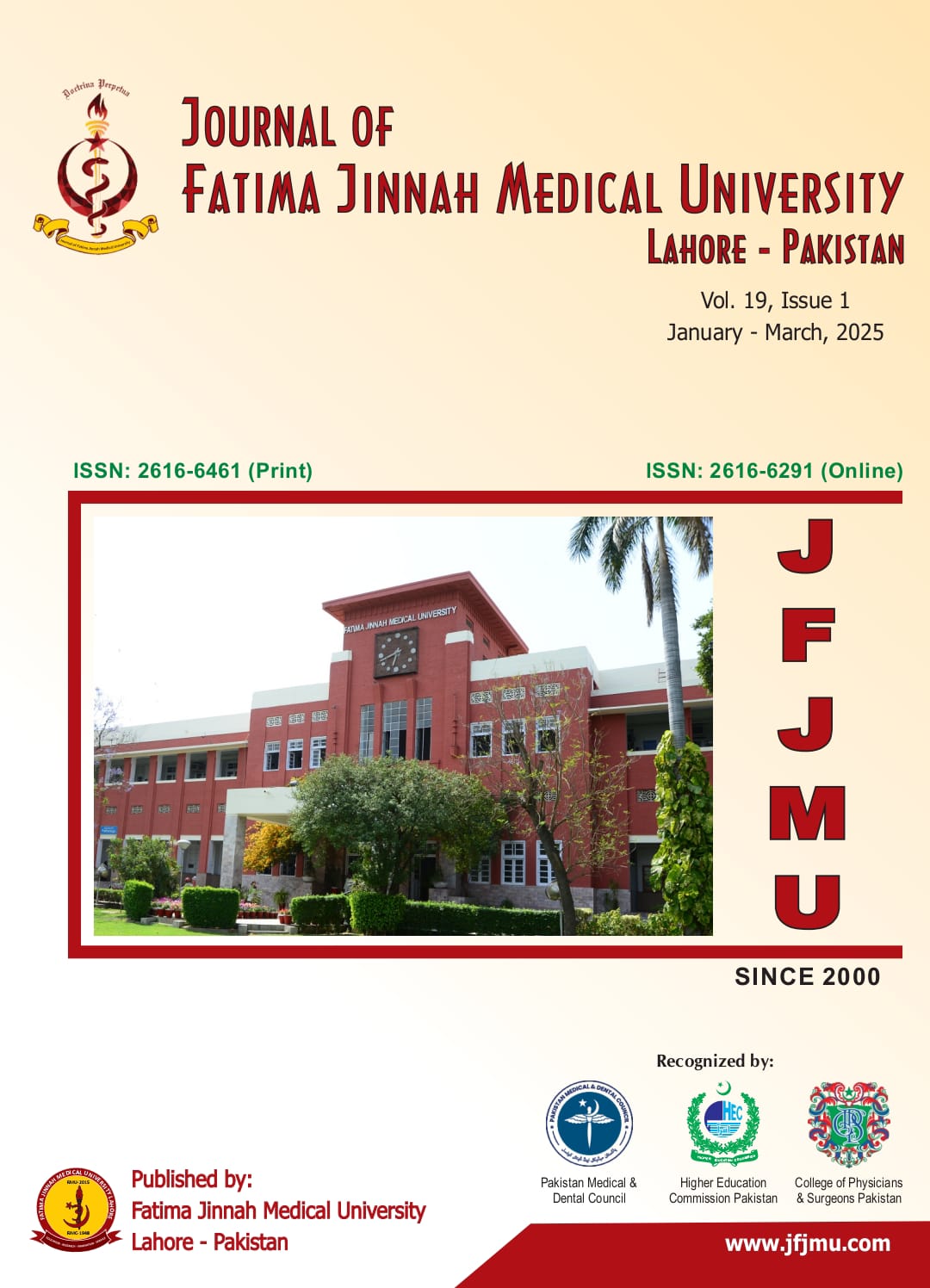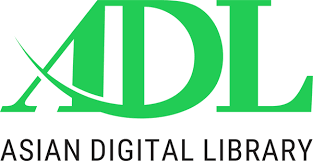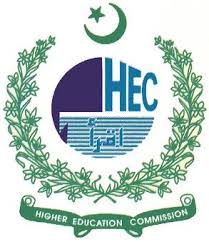Ties That Bind or Break: The Dual Role of Family in Youth Drug Addiction
DOI:
https://doi.org/10.37018/ARP4656Abstract
The majority of Pakistan’s population consists of youth who are the fundamental resource. The rise of drug addiction among youth is a pressing concern globally and in Pakistan.1 Addiction among youth is often depicted as a personal weakening, a result of peer impact, or a consequence of societal experience and availability. The most consistent and unrecognized influence in a young person’s life is their family.
The family's role in the development of drug abuse is unique, as family can be either a defensive shield or a risk amplifier, offering connection, direction, and resilience, or adding to emotional turmoil, anarchy, and escape into substance use. Furthermore, the family also suffer from the direct consequences of the abuse.
The negative influence of dysfunctional family dynamics cannot be overlooked. Family stressors such as divorce, violence at home, mental illness of parents, or financial instability create a rich ground for emotional dysregulation in children. This often leads to poor coping strategies such as drug use, particularly when mental health support is deficient or stigmatized.
Parental modeling plays a vital role. Adolescents whose parents use drugs are not only more likely to use drugs but may also inherit permissive attitudes toward drugs.
Even where parents are abstinent, punitive criticism, overcontrol, or emotional unavailability can drive the child toward peer validation and escapism through substances. Furthermore feeling of being ignored by family also lead to use of substances.3

Downloads
Published
How to Cite
Issue
Section
License
The Journal of Fatima Jinnah Medical University follows the Attribution Creative Commons-Non commercial (CC BY-NC) license which allows the users to copy and redistribute the material in any medium or format, remix, transform and build upon the material. The users must give credit to the source and indicate, provide a link to the license, and indicate if changes were made. However, the CC By-NC license restricts the use of material for commercial purposes. For further details about the license please check the Creative Commons website. The editorial board of JFJMU strives hard for the authenticity and accuracy of the material published in the journal. However, findings and statements are views of the authors and do not necessarily represent views of the Editorial Board.

















